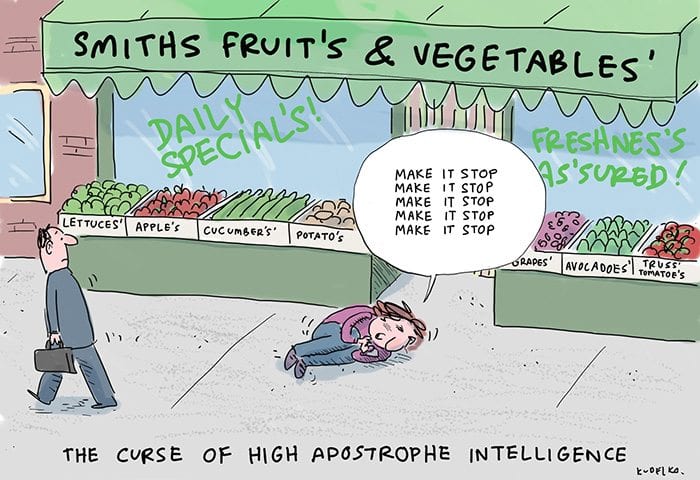
Q: Can you describe the world where these characters live for someone who hasn't read the novel? Strangers had found out that this person had a baby and they just brought food.

And I opened the door, and there was all this food there. There's a lot of community and mutual aid and helping your neighbors. I'll never forget when my son was a newborn, someone knocked on the door. But there's also a lot of banding together. I think in Appalachia and parts of southeastern Ohio there's a lot of that struggle. I've been a single mom pretty much since my son was born - not by my choice! - and I was pretty much thrust into survival mode pretty early: "How am I going to finish my degree when I have a baby? How am I going to get a job?" We've seen how national and worldwide disasters play out, and they don't play out great.

Stine: I think for a lot of us, life is already pretty dystopian, especially with the pandemic. Question: For you, what makes southeast Ohio a good setting for dystopian fiction?

Stine spoke recently from Denver, where she and her son, now 10, moved last year from southeast Ohio. Ohio outdoors: Bicycling trails offer scenic views, variety of experiences She lived for many years in southeast Ohio, where she received a Ph.D. Stine, 43, lived in Mansfield from the time she was 8 until she went to college at Denison University in Granville. “ Trashlands” - named for the seedy strip club where many of the women of the community work - is Stine's second novel for adults, following last year's “Road Out of Winter.” She makes a living collecting and selling the plastic that washes along the river, and, secretly and almost compulsively, makes art off in the woods. Alison Stine's suspenseful, compassionate new novel imagines a near future where a small, makeshift community along the Hocking River in southeast Ohio survives after climate change and devastating floods.Ĭhief among the characters is Coral, a young mother whose son has been taken from her.


 0 kommentar(er)
0 kommentar(er)
